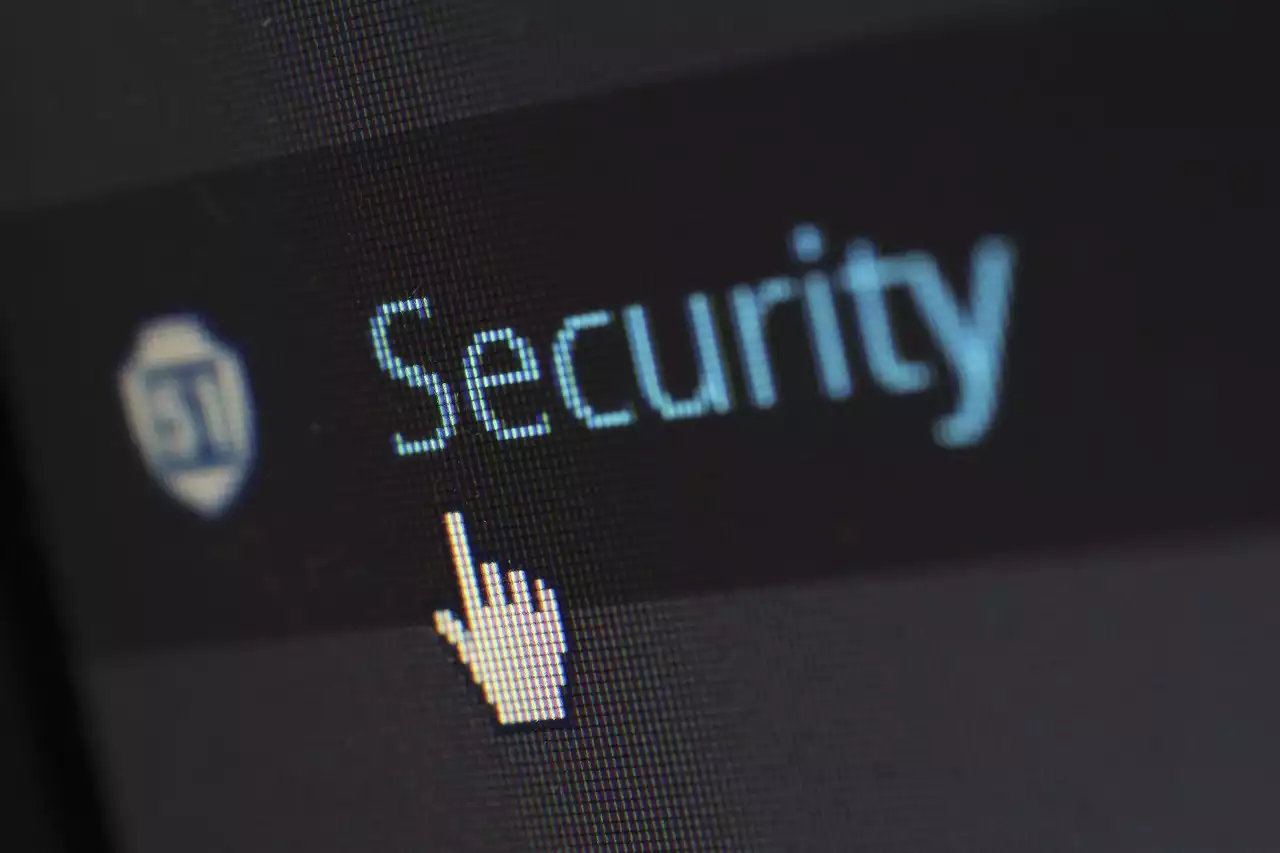Understanding Domain Name Security Threats
Before we dive into the measures to protect your domain name, it's important to understand the types of threats that your domain name may face. The most common threats to your domain name include domain hijacking, phishing, and cyber squatting.
Domain Hijacking is a type of attack where an unauthorized person gains control of your domain name and can take over your website, email, and other online services associated with your domain name. This can result in significant financial loss, damage to your reputation, and loss of customer trust.
Phishing is a type of attack where an attacker creates a fake website that looks identical to your website and asks your customers to enter sensitive information such as passwords or credit card details. This type of attack can result in identity theft, financial loss, and damage to your reputation.
Cyber Squatting is a type of attack where someone registers a domain name that is similar to your domain name with the intention of profiting from your brand or reputation. This can result in confusion among your customers, damage to your brand, and loss of revenue.
Now that you understand the types of threats to your domain name let's look at the measures to protect it.
Types of DNS Security Threats You Need to Know – APAC DNS FORUM
Key Measure 1: Choosing a Strong and Unique Password
One of the easiest ways to protect your domain name is by choosing a strong and unique password. A strong password consists of a combination of upper and lower case letters, numbers, and symbols. Avoid using common words or phrases that are easy to guess, such as your name, birthdate, or company name.
It's also important to use a unique password for each online account to prevent a hacker from gaining access to all your accounts if one password is compromised. Remembering all your passwords can be challenging, so consider using a password manager to securely store your passwords and generate strong passwords for you.
By choosing a strong and unique password, you can significantly reduce the risk of your domain name being compromised.
Key Measure 2: Enabling Two-Factor Authentication
Two-factor authentication, also known as 2FA, is an additional layer of security that requires a user to provide two forms of authentication to access their account. This typically involves entering a password and a unique code that is generated by a mobile app or sent via SMS.
Enabling 2FA can significantly increase the security of your domain name as it makes it more difficult for an attacker to gain access to your account. Even if your password is compromised, an attacker would still need access to your mobile device to generate the unique code required to access your account.
Most domain registrars offer 2FA as an option, so be sure to enable it for your domain name.
How to set up Two-Factor Authentication (2FA) for all your accounts
Key Measure 3: Keeping Domain Registration Information Up-to-date
Keeping your domain registration information up-to-date is essential to protect your domain name. This includes your name, address, email address, and phone number. If this information is outdated or incorrect, it can make it difficult for you to regain control of your domain name if it's compromised.
It's also important to ensure that your domain registration information is private as it can be used by attackers to target you with phishing or social engineering attacks. Most domain registrars offer private domain registration as an option, so be sure to enable it for your domain name.
Key Measure 4: Regularly Monitoring Domain Activity and Alerts
Regularly monitoring your domain activity and alerts can help you detect any suspicious activity early and take action to prevent any potential threats. Most domain registrars offer alerts that notify you of any changes to your domain name, such as changes to your DNS settings or changes to your registration information.
By monitoring your alerts and domain activity, you can quickly detect any unauthorized changes to your domain name and take immediate action to prevent any further damage.
Key Measure 5: Using a Reputable Domain Registrar
Using a reputable domain registrar is essential to protect your domain name. A reputable registrar adheres to strict security standards and regularly updates their systems to prevent any potential threats.
When choosing a domain registrar, look for one that offers 2FA, private domain registration, and regular security updates. Be wary of registrars that offer low prices or free domain names as they may not offer the same level of security as a reputable registrar.
Additional Tips for Protecting Your Domain Name
In addition to the key measures outlined above, there are several other tips that you can follow to protect your domain name:
- Use a reputable web hosting provider that offers regular backups and security updates
- Avoid clicking on suspicious links or entering sensitive information on unsecured websites
- Regularly update your website software, including your content management system and plugins
- Use an SSL certificate to encrypt sensitive information transmitted between your website and your customers
What to Do If Your Domain Name is Compromised
If you suspect that your domain name has been compromised, it's important to take immediate action. This includes:
- Contacting your domain registrar to report the issue and regain control of your domain name
- Changing your password and enabling 2FA for your account
- Checking your website and online services for any unauthorized changes or access
- Notifying your customers and stakeholders of the issue and any potential impact










